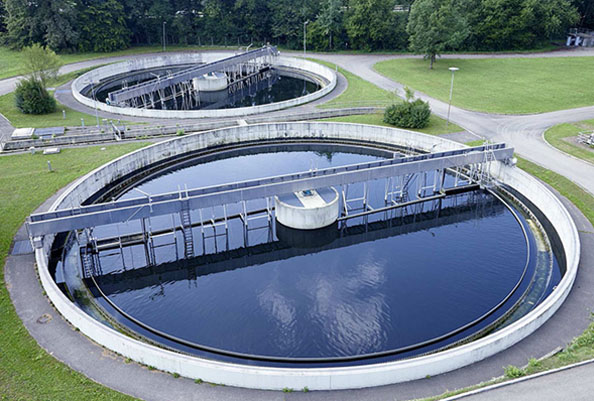In a Water Treatment Plant Automation, the primary goal is to use technology and automation systems to efficiently and effectively treat and distribute safe drinking water to the public. This involves a variety of tasks such as:
Monitoring Water Quality : Automation systems are used to constantly monitor the quality of water entering and leaving the treatment plant to ensure that it meets specific standards set by regulatory agencies.
Chemical Dosing : Automation systems are used to precisely control the amount of chemicals added to the water during treatment, such as chlorine or fluoride.


